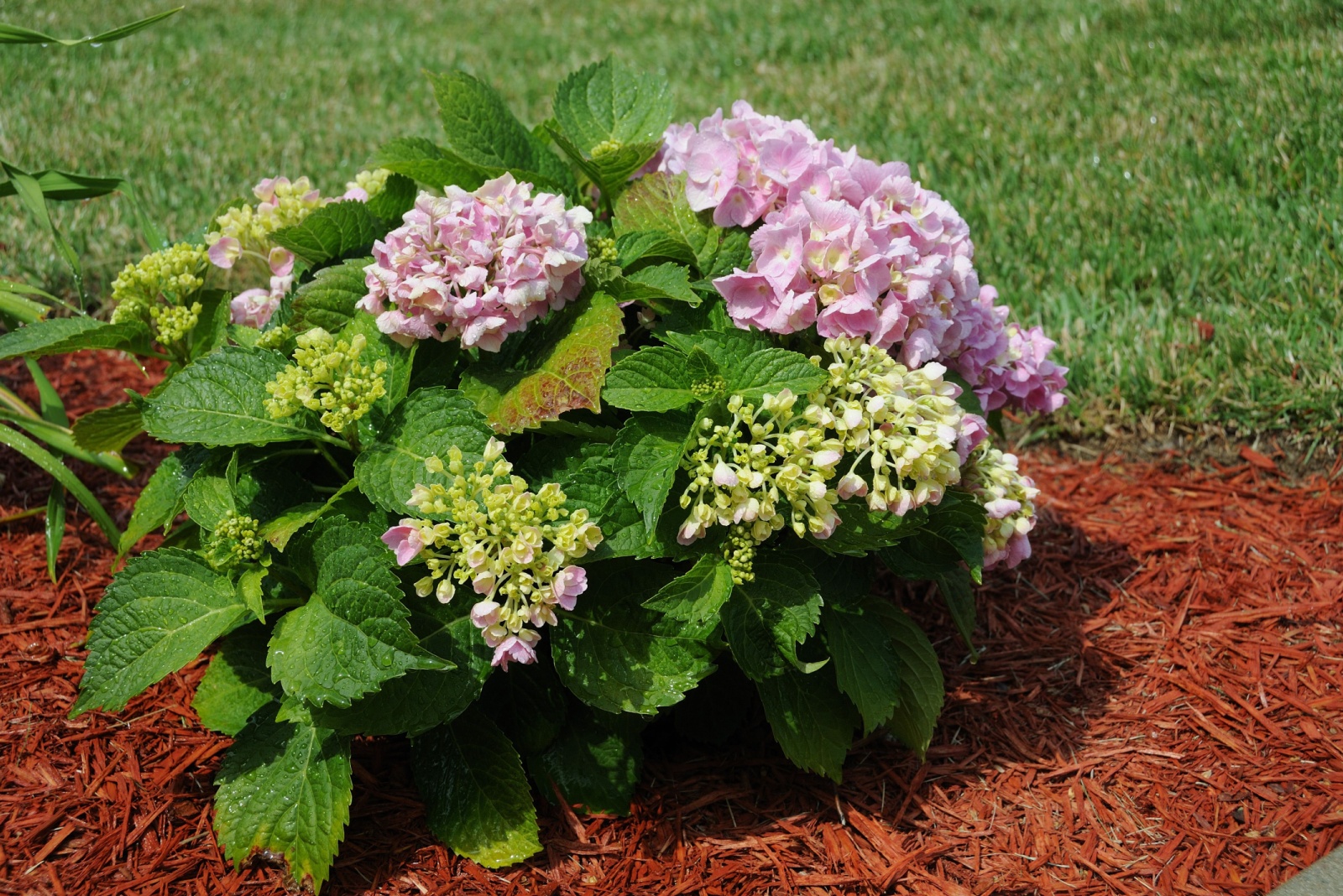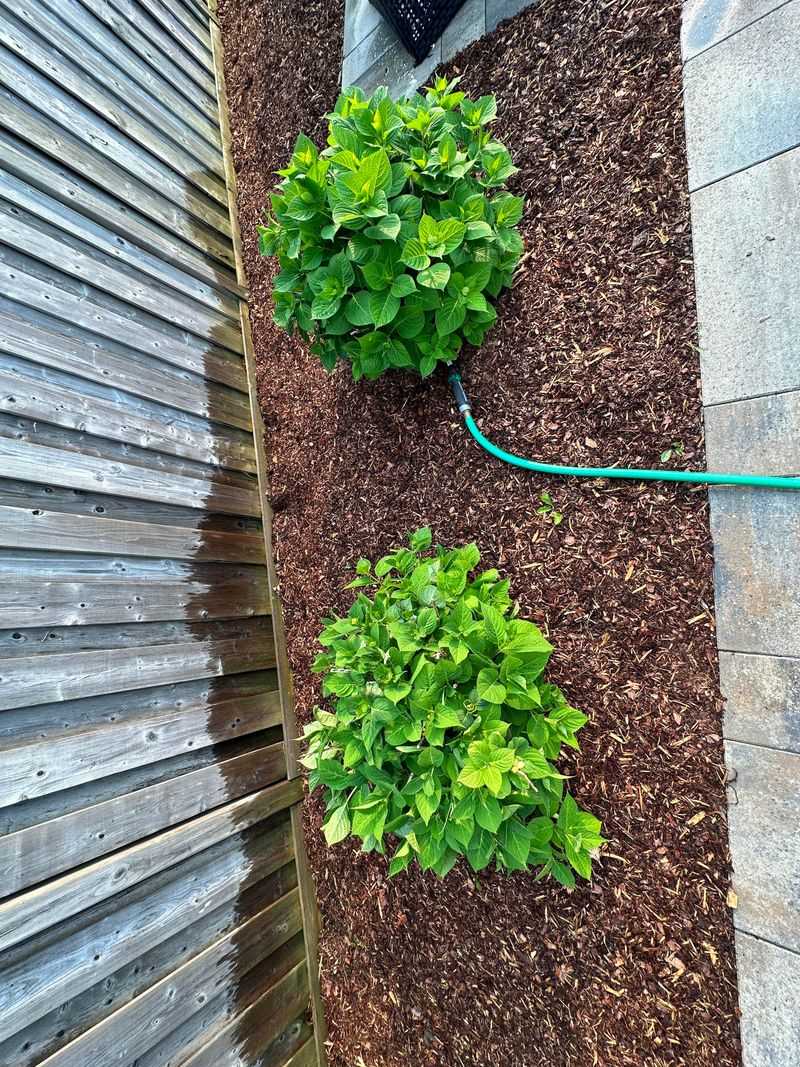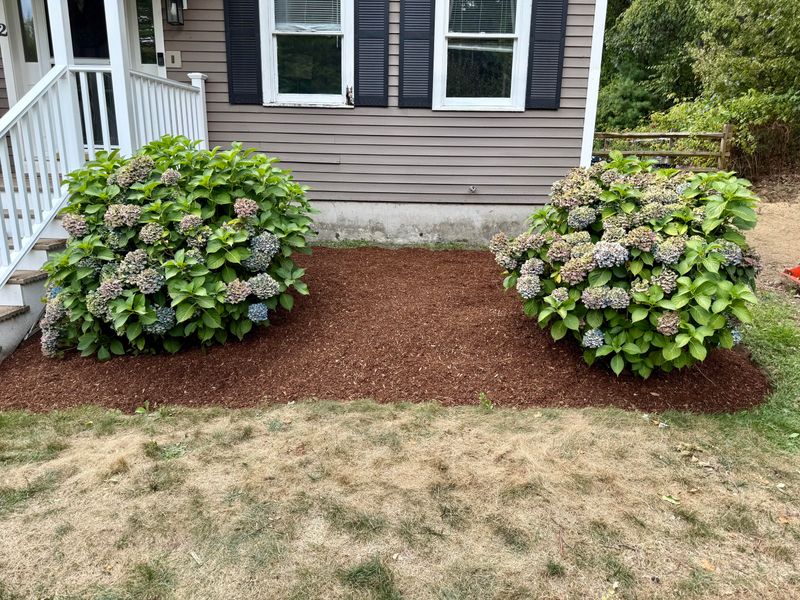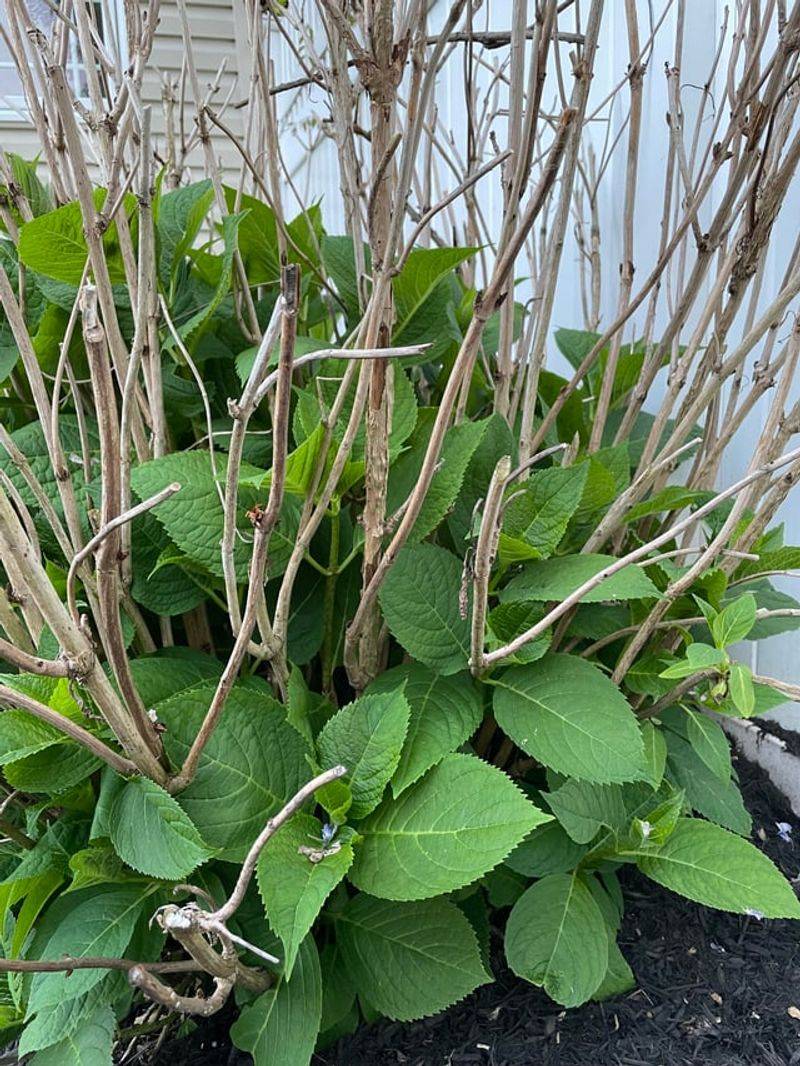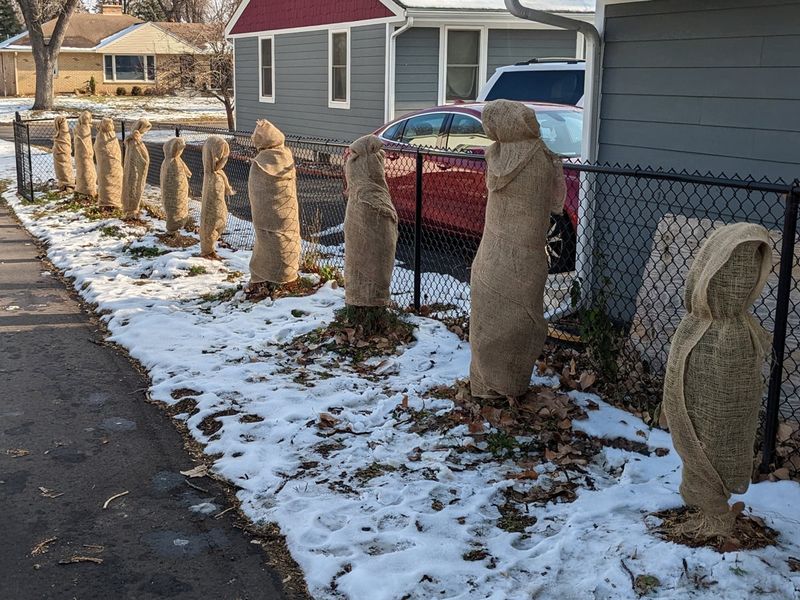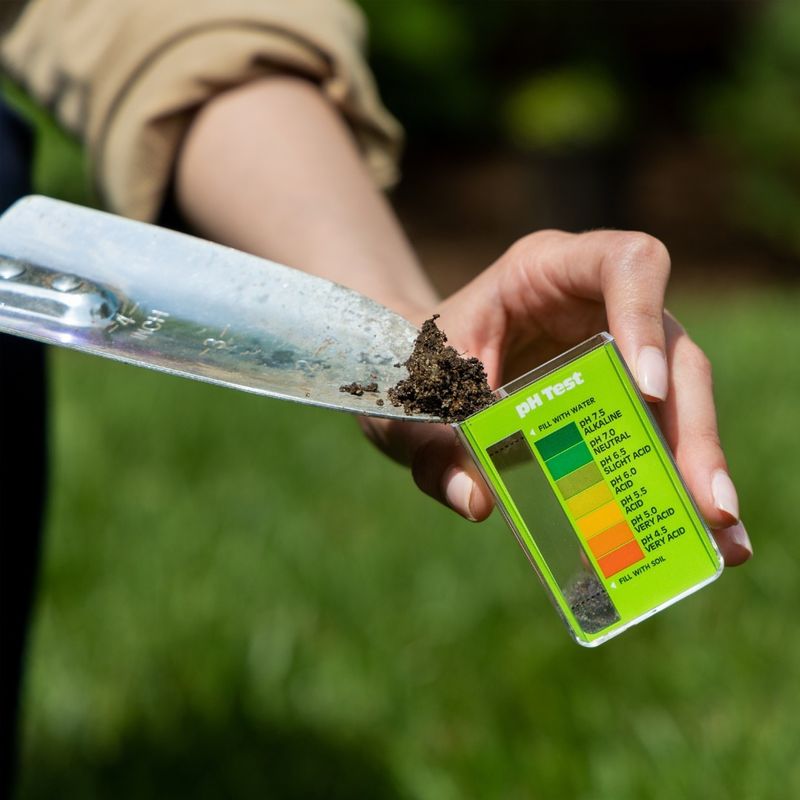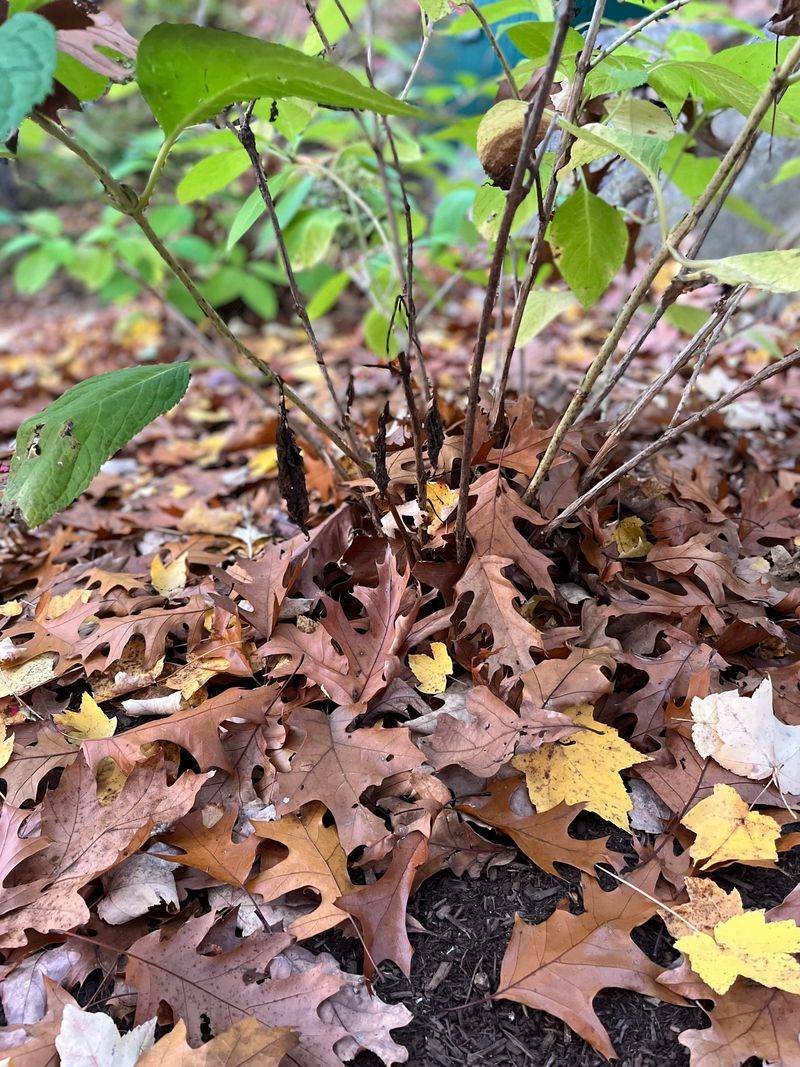The first frost in Vermont signals more than the start of winter chill for hydrangeas—it marks the moment they need a crucial layer of protection. Cold snaps arrive fast, and exposed roots face harsh conditions that can stunt next year’s blooms.
A simple step at this point shields the plant, locks in warmth, and keeps the crown safe as temperatures keep dropping. With proper care, hydrangeas stand firm through Vermont’s long winter and rise in spring with stronger growth and fuller flower clusters.
1. Stop Watering Gradually To Prepare Plants For Dormancy
Once you notice the first frost warnings in Vermont, begin reducing how much water your hydrangeas receive. Plants naturally slow down their growth as cold weather approaches, and too much moisture can actually harm them.
Wet soil around the roots can freeze solid, damaging the delicate root system underneath. Cut back watering to about once every two weeks, and stop completely once the ground starts freezing.
Your hydrangeas will thank you come springtime when they wake up healthy and ready to grow again.
2. Add A Thick Layer Of Mulch Around The Base
Mulch acts like a warm blanket for your hydrangea roots during Vermont’s freezing temperatures. Spread about four to six inches of organic material like shredded leaves, wood chips, or pine needles around the base of each plant.
Make sure the mulch extends out to the drip line, which is where the branches end above. Avoid piling mulch directly against the stems, as this can cause rot and attract pests looking for shelter.
Good mulching protects roots from temperature swings that can damage plants even more than steady cold.
3. Prune Damaged Blooms But Leave Healthy Stems Alone
After the first frost turns your hydrangea flowers brown and crispy, you might want to cut everything back. Resist that urge! Damaged flower heads actually provide some protection for the buds underneath that will bloom next year.
Only remove stems that are clearly damaged, diseased, or broken. Healthy green or brown stems should stay put until spring arrives. Cutting too much now can expose tender growth points to harsh winter winds and ice.
Wait until you see new growth emerging in spring before doing major pruning work.
4. Build A Protective Burlap Shelter For Extra Protection
Vermont winds can be brutal on hydrangeas during winter months. Creating a simple burlap windbreak gives your plants an extra defense against cold gusts and ice damage.
Drive three or four stakes into the ground around each plant, then wrap burlap around the stakes to form a protective cylinder. Leave the top open so air can still circulate, preventing mold and disease.
Burlap breathes better than plastic, which can trap moisture and cause more harm than good during temperature fluctuations throughout the season.
5. Check Soil pH Levels Before Ground Freezes Solid
Did you know hydrangea flower color depends partly on soil pH? Fall is actually the perfect time to test and adjust your soil before everything freezes.
Vermont soil tends to be naturally acidic, which makes hydrangeas bloom blue. If you want pink flowers instead, add lime to raise the pH level. For bluer blooms, add sulfur or aluminum sulfate to increase acidity.
Making these adjustments now gives the soil all winter to balance out, so your plants get exactly what they need when spring growing season begins.
6. Remove Fallen Leaves That Could Harbor Disease
Fallen leaves might look pretty covering your garden beds, but they can cause serious problems for hydrangeas. Wet, decomposing leaves create the perfect home for fungal diseases and insect pests that will attack your plants.
Rake up leaves from around your hydrangeas regularly throughout autumn, especially after the first frost. Diseased leaves from earlier in the season can spread problems to healthy tissue if left sitting on the ground all winter.
Compost healthy leaves away from your garden, but throw diseased ones in the trash to prevent spreading issues.

